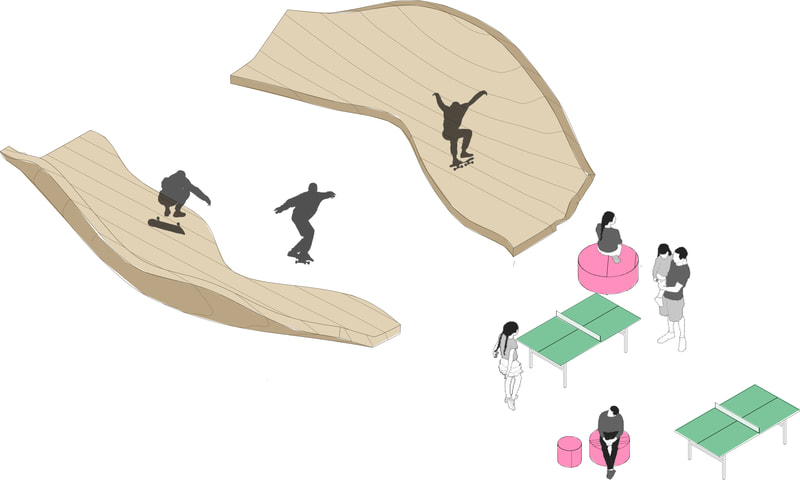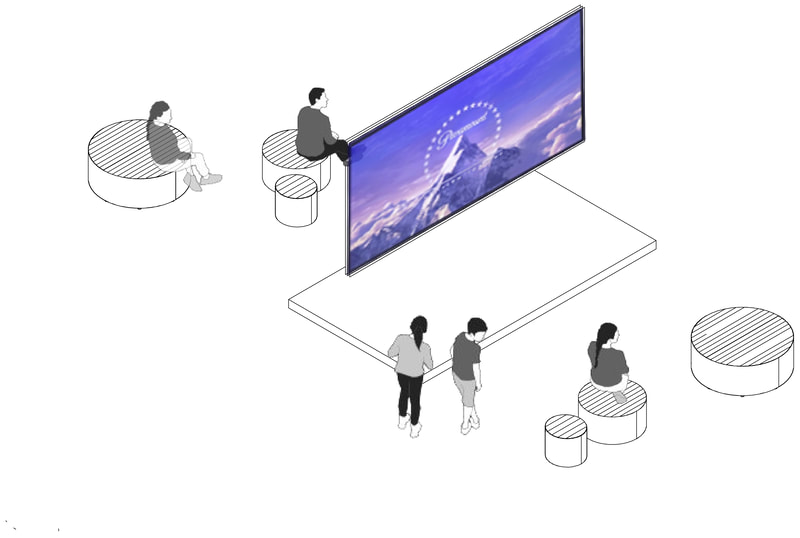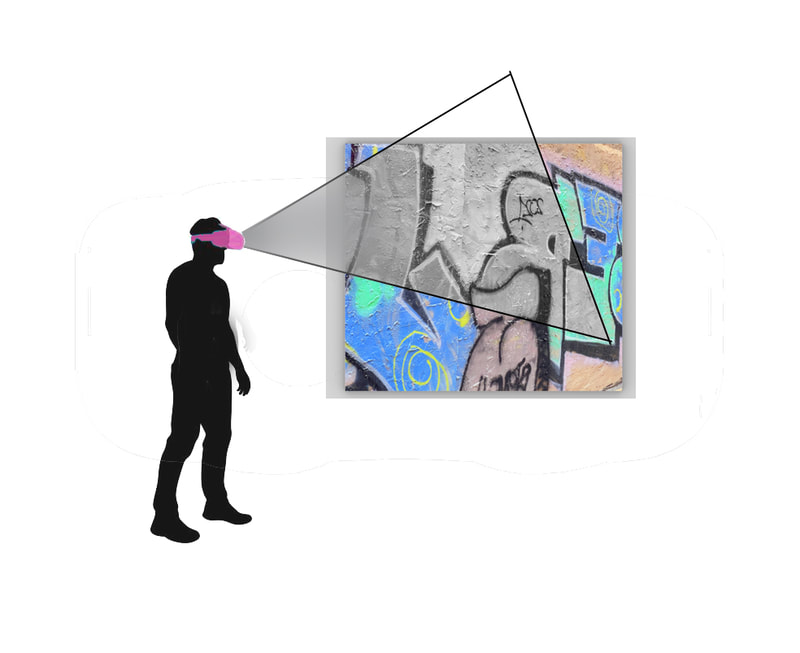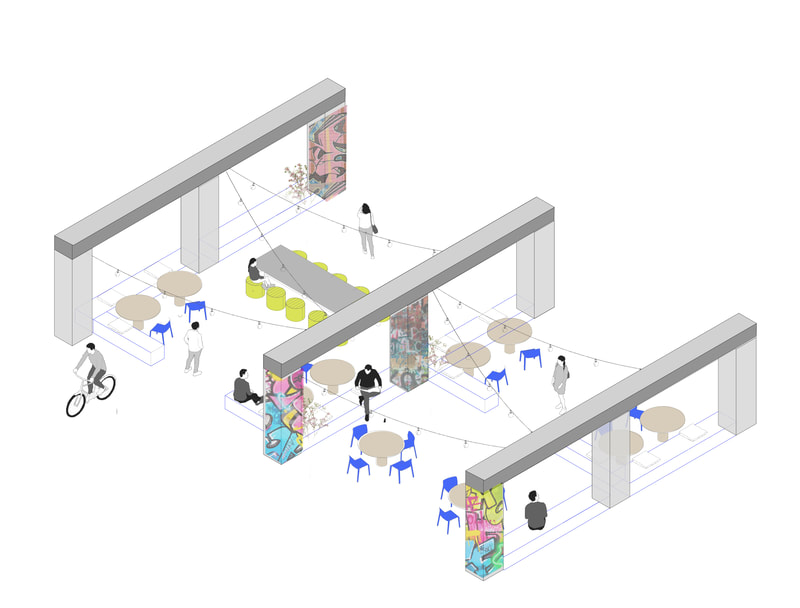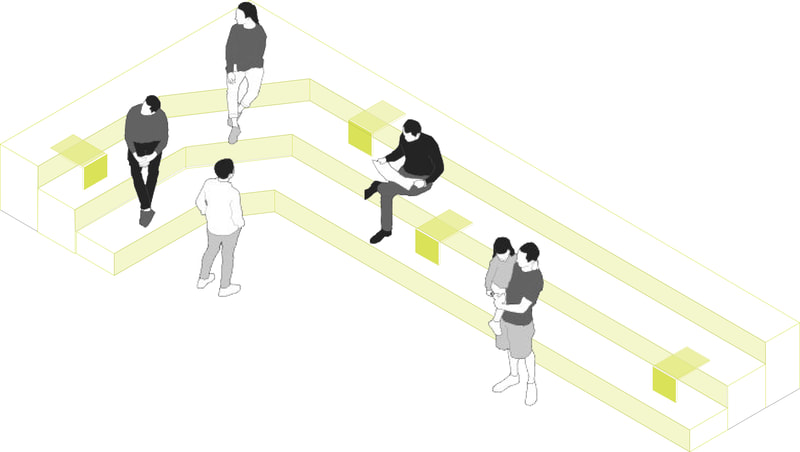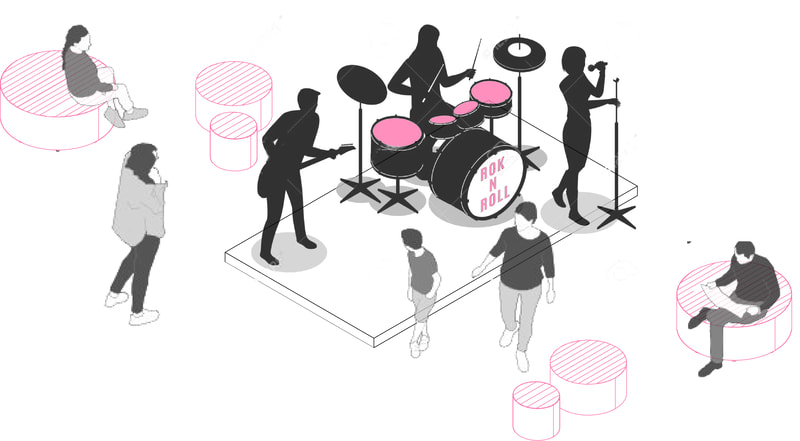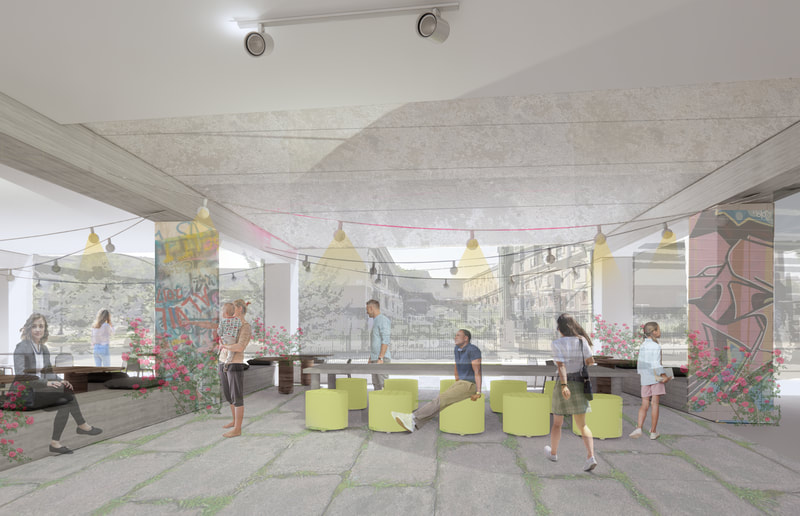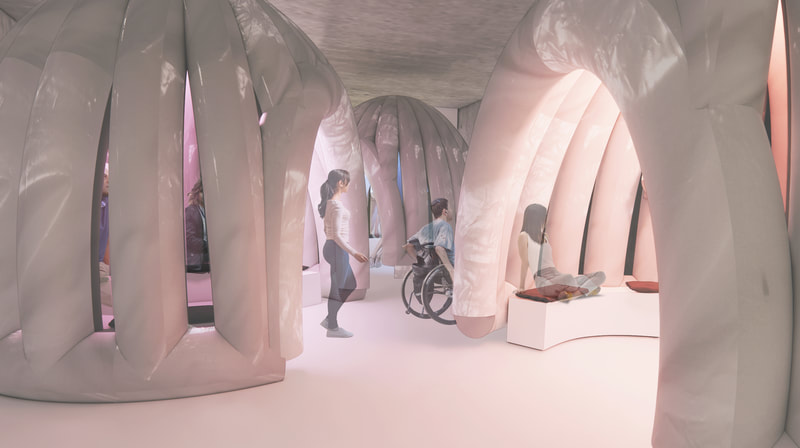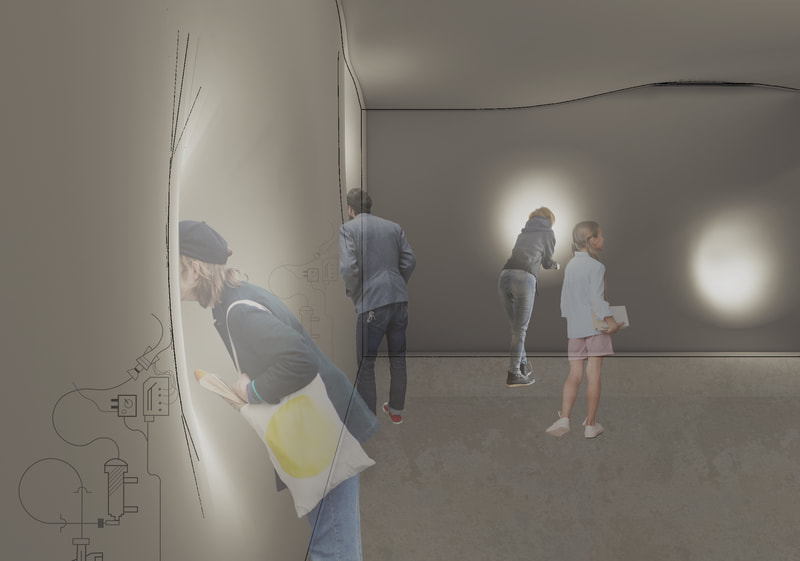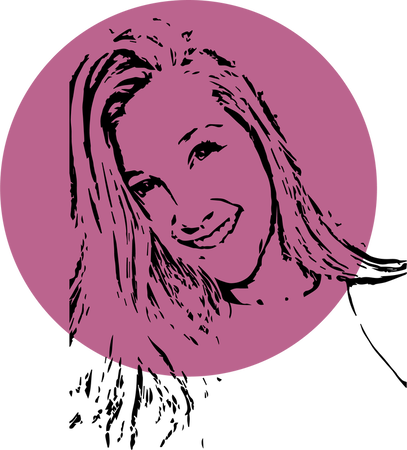|
|
The language of color is a revitalized urban pocket that allows users to take a journey through immersive installations where they express the power of color through senses. The proposed sequence of sensory experiences and experiments within urban contexts aim to raise awareness and to challenge and redefine traditional thinking of color theories, the built environment and our personal experiences and ways of communication.
What would happen if we took away visual color? How can we connect to it still? This project promotes change by expressing how to connect to color, without it always being visual. With family members that are color-blind, it is important to have a universal design through architecture, function, and visual aesthetic. Therefore, this project manipulates the function of color by expressing it through sensorial immersive installations where color is produced through memories, user participation, function, and technology. The site in general is a change, by taking undeveloped spaces that are run down and unsafe and revitalizing them to be a gathering space and park for the neighborhood around to feel safe and excited about. |
|
Growing up, I experienced my grandfather and brother having color-blindness, where their opportunities were limited, and their visual experience was different from mine. This personal experience sparked my interest in dissecting color and finding new ways to connect and communicate color through architecture, experiences, senses, technology, and interactive art. This design is where we can discover, connect, and learn about color in unique and even simple ways.
|
|
Why is creating change important to you?
Change is extremely important to me because it allows for users to rethink the purpose of design and how much users are the biggest impact to it. Therefore, since vision is multi-modal, which means characterized by several different modes of activity or occurrence, I want to be the person to show this aspect through my design. - Kaylie Siwi |
